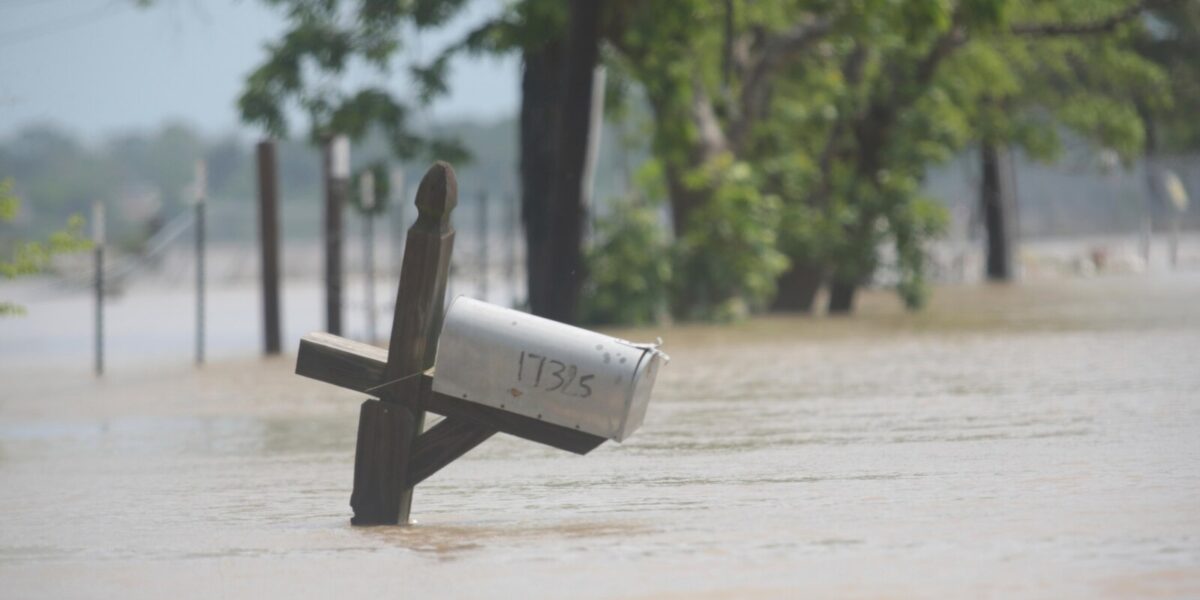Millions of people in the central United States are bracing for powerful storms Monday including long-track tornadoes, hurricane-force winds and baseball-sized hail, forecasters said.
Much of Oklahoma and parts of Kansas are at the greatest risk of bad weather — including areas in Oklahoma, such as Sulphur and Holdenville, still recovering from a tornado that killed 4 and left thousands without power late last month. Both the Plains and Midwest have been hammered by tornadoes this spring.
In all, nearly 10 million people live in areas under threat of severe weather, the National Weather Service’s Storm Prediction Center said. Forecasters there issued a rare high risk for central Oklahoma and southern Kansas.
With the forecast, Oklahoma City Public Schools and several metro-area school districts began canceling all after-school and evening activities. Oklahoma’s State Emergency Operations Center, which coordinates storm response from a bunker near the state Capitol, remains activated from last weekend’s deadly storms, and the state’s commissioner of public safety told state agencies to let most state workers across the state leave early on Monday.
Bill Bunting, deputy director of the Storm Prediction Center, said a high risk from the center is not something seen every day or every spring. “It’s the highest level of threat we can assign. And it’s a day to take very, very seriously,” he said.
The last time a high risk was issued was March 31, 2023, when a massive storm system tore through parts of the South and Midwest including Arkansas, Illinois and rural Indiana.
The risk on Monday in parts of the southern Plains is the worst in five years, AccuWeather Chief Meteorologist Jon Porter said.
“If you look at a meteorology textbook about how to get a significant tornado outbreak in the southern Plains, all the ingredients you need are here today,” Porter said.
Other cities that could see stormy weather include Kansas City, Missouri and Lincoln, Nebraska.
The number of storms and their intensity should increase quickly in the evening hours across western parts of Oklahoma and up into south central Kansas, Bunting said.
The expected thunderstorms could produce winds up to and potentially exceeding 80 mph, according to Porter. Even worse, those “supercell” storms can produce destructive tornadoes.
“The kinds of tornadoes that this storm can produce are particularly intense, and they can be long-lasting,” Porter said. “These are the tornadoes that sometimes can last for 45 minutes or an hour, even more, creating paths of destruction as they move along.”
The high risk is due to an unusual confluence: Winds gusting up to around 75 mph, created by the same system that has raised the risk of severe weather on the Plains, have been blasting through Colorado’s populated Front Range region, including the Denver area, on Monday.
The winds are being created by a low pressure system north of Colorado that is also pulling up moisture from the Gulf of Mexico that is fueling the risk of severe weather on the Plains, said Greg Heavener, warning coordination meteorologist at the National Weather Service’s Denver area office.
The moisture is not being pulled into Colorado though which is not at risk of tornadoes or thunderstorms, he said.
Severe weather was possible in southern Kansas after about 4 p.m. Monday. The dangerous weather will move east, potentially creating overnight risk in places like Kansas City and Springfield in Missouri through early Tuesday, Porter said.
“This is not going to be a atmospheric setup where the sun is going to go down and the thunderstorms are going to wane and there’s going to be no additional risk,” said Northern Illinois University meteorology professor Victor Gensini. “The risk for tornadoes tonight will continue into the evening and overnight hours making it very challenging.”
Bunting advises people in the affected areas to develop a severe weather plan.
“Make sure that you have ways to communicate with your family members,” he said. “Make sure everyone knows where their shelters are,” and how they can continue to receive warnings.
The entire week is looking stormy across the U.S. The eastern U.S. and the South are expected to get the brunt of the bad weather through the rest of the week, including in Indianapolis, Memphis, Nashville, St. Louis and Cincinnati, where more than 21 million people live. It should be clear over the weekend.
Meanwhile, early Monday heavy rains hit southwestern Texas, especially the Houston area, leaving neighborhoods flooded and leading to hundreds of high-water rescues.
___
Associated Press writers Sean Murphy and Colleen Slevin contributed to this report. Murphy reported from Oklahoma City, Oklahoma. Slevin reported from Denver, Colorado.
___
Alexa St. John is an Associated Press climate solutions reporter. Follow her on X: @alexa_stjohn. Reach her at ast.john@ap.org.


